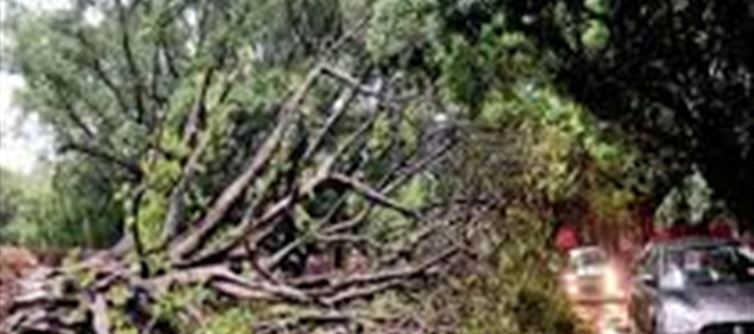
On Tuesday, due to heavy rain and thunderstorm in Delhi, many trees fell and many were damaged. Earlier on May 2, the same was seen in a strong thunderstorm. In between, trees broke due to thunderstorms and heavy rains, which caused damage. Why are more cases of trees falling in storms and rain seen in cities only? Why is its effect less in villages and why fewer trees break there? Let's find out.
Why do more trees fall in cities?
According to reports, the reason for more trees falling in cities is their weak roots, which grow only in limited space. In cities, trees are often planted with concrete, asphalt or other surfaces, due to which their roots are not able to spread deep into the ground and are not able to develop. Apart from this, only one type of trees are often planted in cities, due to which they become more sensitive during storms and start breaking. Due to concrete around the tree, water does not reach the roots on the sides, due to which the trees become weak.
Trees cannot withstand the pressure of wind in cities
According to experts, trees like Gulmohar attract termites quickly, which make them hollow. This is the reason why such trees fall first in storms and heavy rains. That is why plantation should be done scientifically on the roadside and central verge. Many times the same type of plants are planted on the roads. This makes the height of the trees the same. This is the reason why such trees cannot withstand the pressure of wind during storms and fall. If trees of mixed variety are planted, then the chances of their falling are less.
Why do trees fall less in villages?
On the other hand, fewer trees fall in villages than in cities because their roots are strong and stable. village trees go deep inside the ground. Due to which they are able to bear the pressure of wind better. Apart from this, the soil of the village is often better than that of the city. This helps in saving trees. That is why trees in villages do not fall quickly as compared to cities.




 click and follow Indiaherald WhatsApp channel
click and follow Indiaherald WhatsApp channel